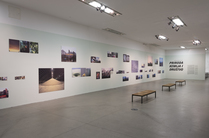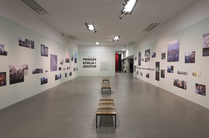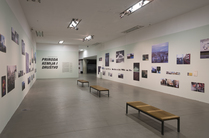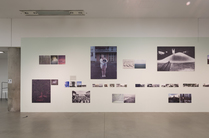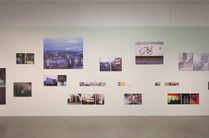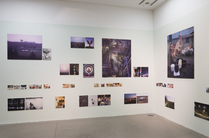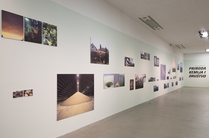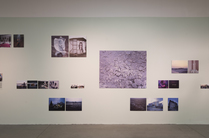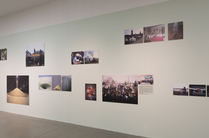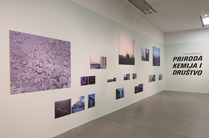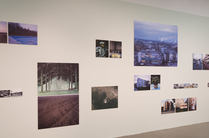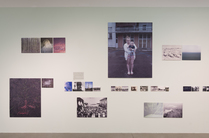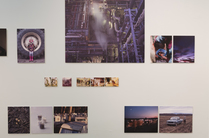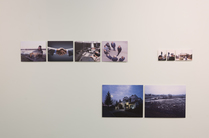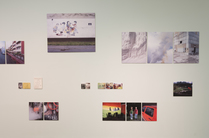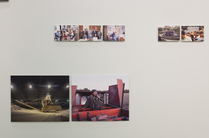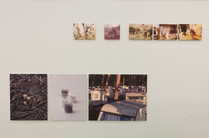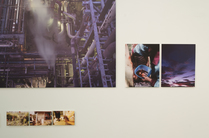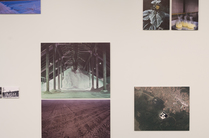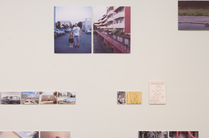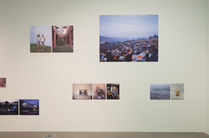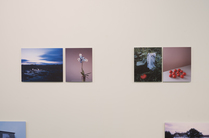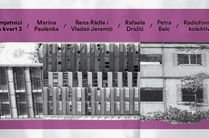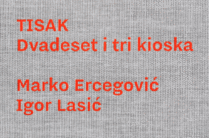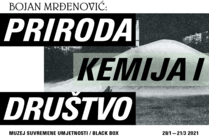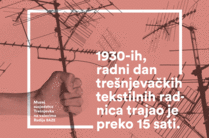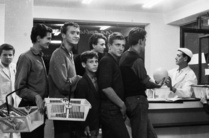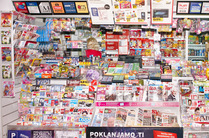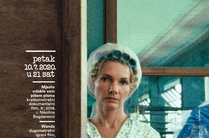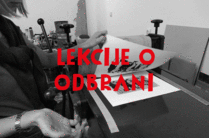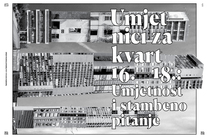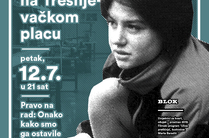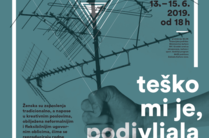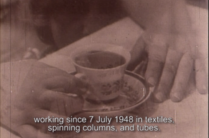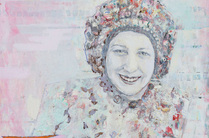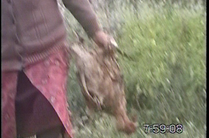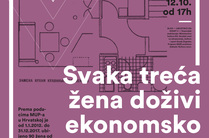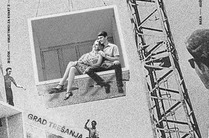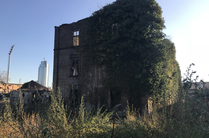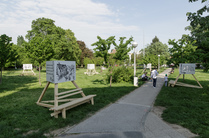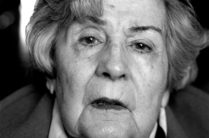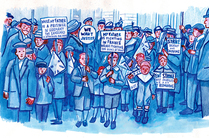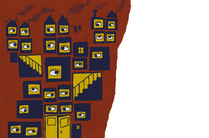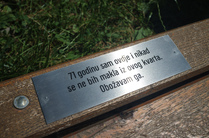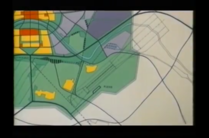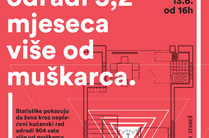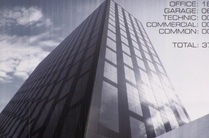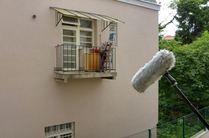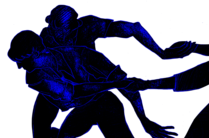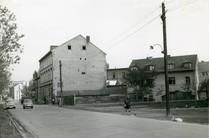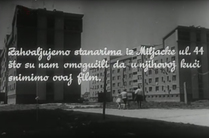BOJAN MRĐENOVIĆ: NATURE, CHEMISTRY, AND SOCIETY
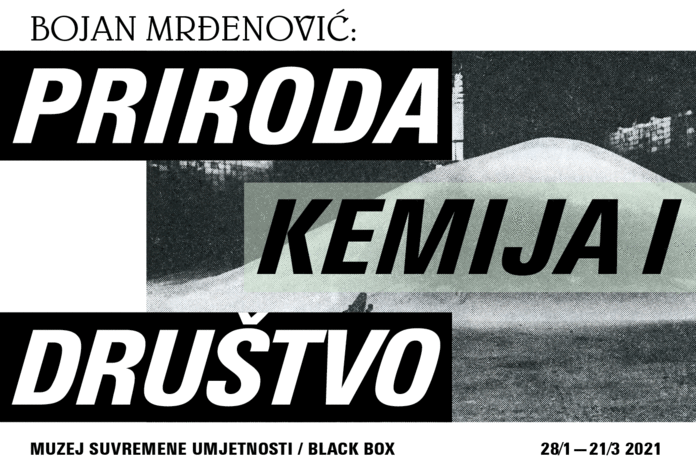
exhibition
Museum of Contemporary Art Zagreb / Black Box
January 28 ― March 21, 2021
PROGRAMME
Thursday, January 28, 3 PM ― 7 PM
artist is present
Friday, January 29, 4 PM ― 6 PM
artist is present
Saturday, January 30 12 PM & 2 PM
guided tour through the exhibition
" (...) In his previous series, Adriatic Highway, and The Spa, Bojan Mrđenović photographs specific sites, which are revealed through his lens to the spectator as complex social phenomena. These sites are connected through an organizational structure, and, equally important, through a way of production. (...) In the work Nature, Chemistry, and Society the situation is somewhat different and considerably more complex. Here, too, the point of departure is a remnant of socialism – mineral fertilizer factory Petrokemija from Kutina, which, being the engine of both industrial and social development, generated life in that region, thus representing the cornerstone of the whole community. With the fall of socialism, the Kutina giant collapsed as well, suddenly becoming a 'burden' for the new capitalist state, and the town and its surroundings slowly began to wither away. The factory is strategically important, relevant not only for the entire agricultural production, but also for the whole town, from both the economic and organizational point of view. Without the factory, the town practically does not exist. It is precisely this coalescence of ‘town and labor’ what made the labor struggle so successful in its defense against privatization, which has posed a constant threat since the ‘90s. Petrokemija was state-owned until recently. While the last photographs of this work were being taken, the majority ownership of Petrokemija was sold to private companies – INA, an oil company, and PPD, a natural gas company. The value that had been created became solely a source of profit, with severe consequences for the (re)production of the town (and labor).
(...) The way of narrating brings to mind that of a movie, perhaps mostly because the beginning and the end are clearly defined. The beginning: an oil well in the village of Gojlo near Kutina that was occupied and burned by the Partisans in the World War II, a deeply significant moment of attacking the enemy’s infrastructure and taking control over exploitation of a natural resource. The end: the final capitulation of the socialist state industry represented by Petrokemija, built by those same Partisans, in the context of a peripheral position of Croatia in the European economy commanded by Germany. The archival photographs are displayed chronologically between these two points, and their reading is determined by the way in which Mrđenović establishes a connection between this ‘timeline’, and his own photographs. Instead of keeping them apart, as is often the case in exhibitions of a similar theme, he treats them equally by simply interweaving them into the timeline. This procedure gives birth to an interesting treatment of time, an innovation in relation to the artist’s previous works. His photographs, although taken in a relatively short period (compared to the span of the archival photographs), become ‘’dually coded’’. They inevitably remain photographs of a specific moment set in the late 2000s/2010s, a document of their time, simultaneously resonating (at times ominously, and at others humorously) with the moment represented by the timeline. One of the first photographs in the exhibition, striking because of its size, shows, certainly not unintentionally, a woman holding a little child. Right below, young women walk towards the post-war reconstruction, carrying shovels and wearing a big smile on their faces. We are at the beginning of a process that will radically transform nature and society in Kutina (and beyond), but also at the point where this process is long over, standing in our own shoes in front of a new beginning and a new chain of cause and effect, which is revealed to us through Mrđenović’s visual fabric in a fascinating interlacing of nature, chemistry, and society." (from the text by Ana Kutleša and Vesna Vuković)
curators: [BLOK] - Ana Kutleša, Ivana Hanaček, Vesna Vuković
production and organization: BLOK - Local Base for Culture Refreshment
exhibition visuals and design: Ivana Borovnjak (OAZA)
text: Ana Kutleša and Vesna Vuković
Opening hours:
Tuesady - Friday: 11 AM – 7 PM
Saturday and Sunday: 11 AM – 6 PM
The exhibition is part of the "Artists for the neighbourhood" program, supported by the Ministry of Culture of the Republic Croatia and the Zagreb City Office for Culture.
The BAZA’s annual program is supported by the "Kultura nova" foundation.
